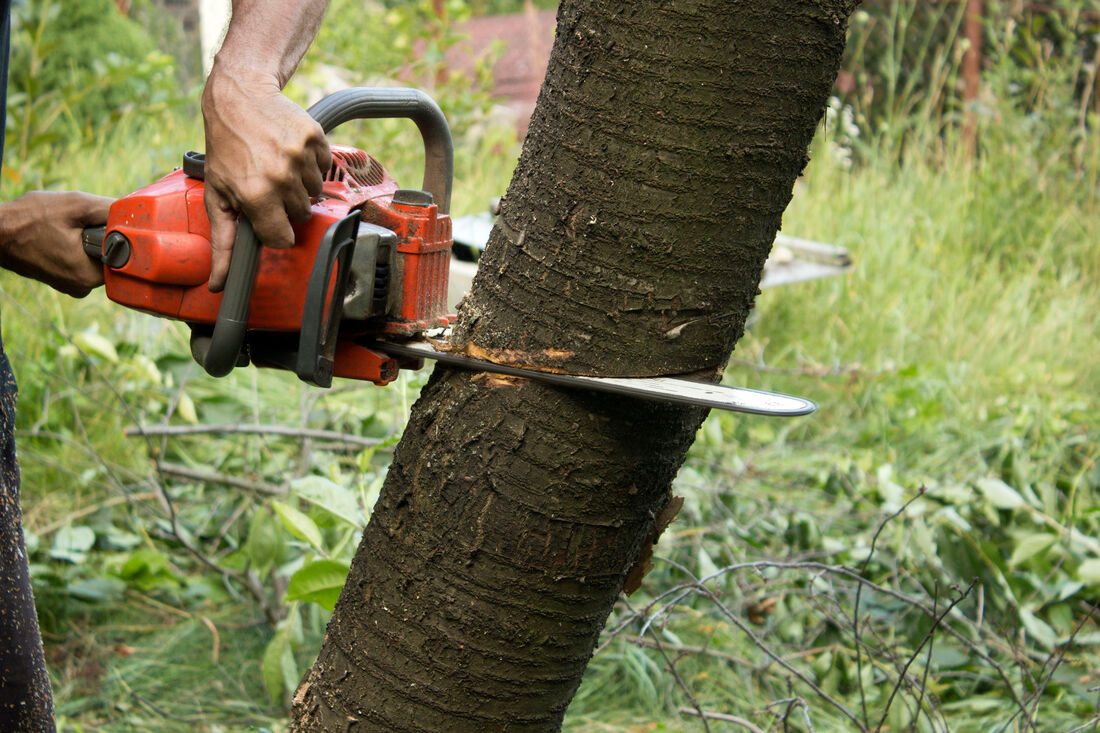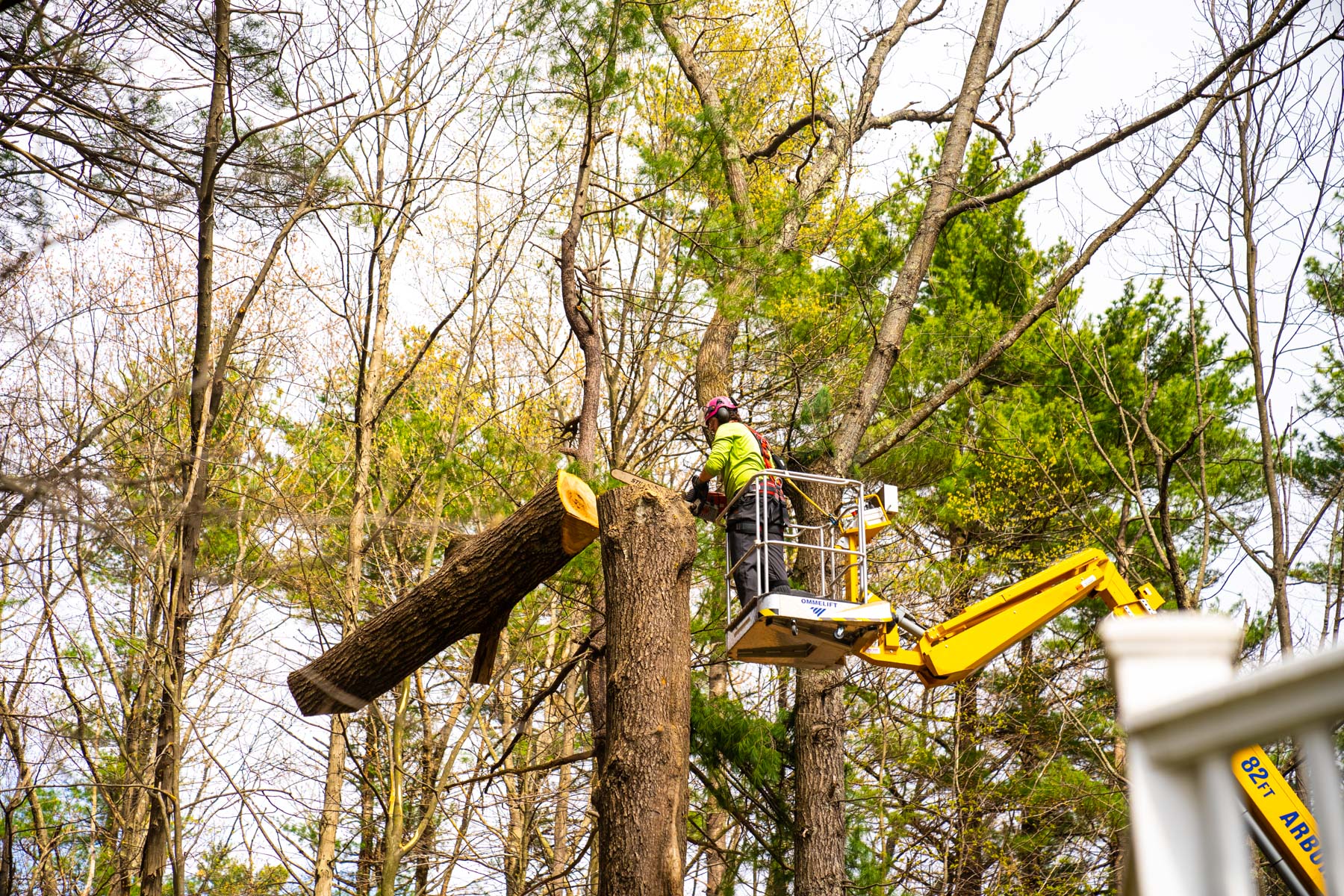All Categories
Featured
The removal of trees can create open rooms that are at risk to weed intrusion. When trees are present, their dense canopies often color the ground, restricting the quantity of sunshine that gets to the soil. After the removal of trees, these open locations obtain enhanced sunshine, offering perfect conditions for weed development.

They might suggest the use of compost, which acts as a safety obstacle on the soil surface area, preventing weed seeds from germinating and subduing weed growth.

The existence of trees fosters a rich and varied area of soil germs. Tree origins give a source of raw material, exudates, and nutrients that support the growth and task of valuable soil bacteria. Nonetheless, when trees are eliminated, the lack of their origins can interrupt the fragile balance of the dirt's microbial ecological community.
Which Is The Best Tree Removal Wollongong Area Service?
This adjustment in pH can impact nutrition availability, microbial activity, and general soil wellness. To address the results of tree reducing on soil pH, tree removal experts can provide useful advice. They might suggest dirt screening to analyze the existing pH degrees and figure out the necessary changes. Based on the outcomes, professionals can suggest pH modification methods, such as including lime to elevate soil pH or integrating essential sulfur to decrease it.

It describes the compression of soil bits, resulting in minimized pore room and raised soil density. This compaction can negatively impact the soil's capability to function ideally, affecting its water-holding ability, vitamins and mineral schedule, and root infiltration. Proper methods used by tree removal professionals can aid minimize compaction and protect the soil's capability to retain water, and permit ample air movement and careful equipment handling.
Latest Posts
What Is The Best Tree Arborist Wollongong?
Which Is The Best Tree Cutting Services Wollongong Company?
Who Is The Best Tree Cutting Services Wollongong Company?